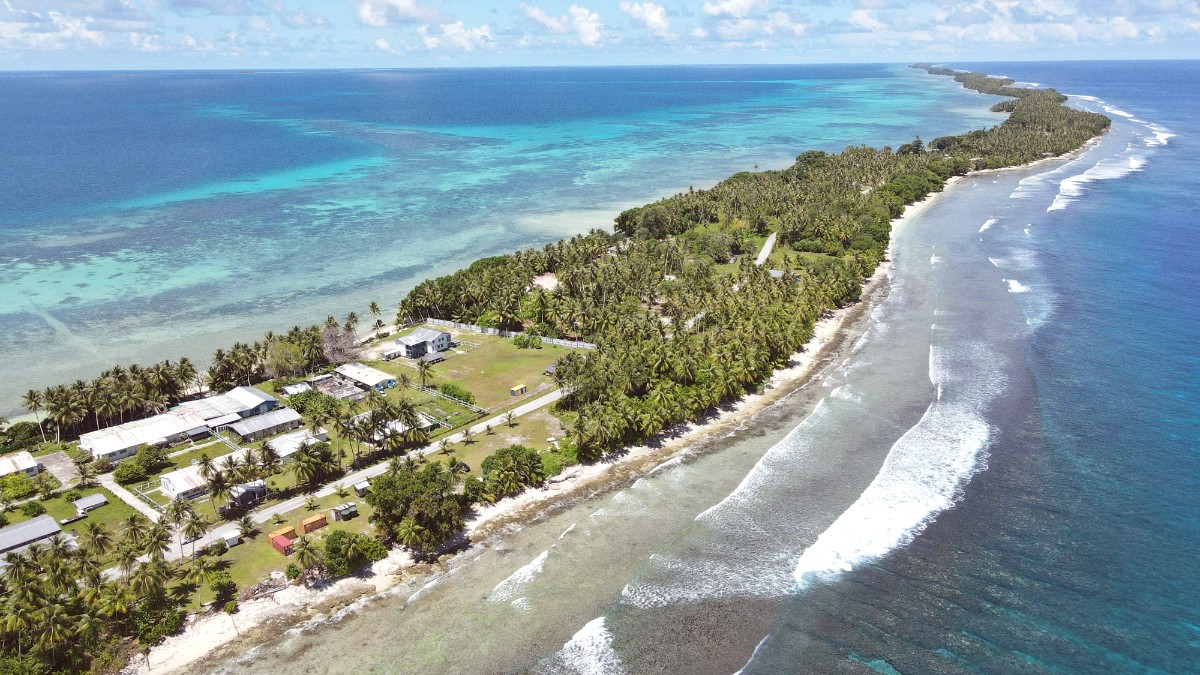
You will not find metros, buses, or trams in Tuvalu. The entire main islet of Fongafale, where visitors stay, is only about 12 kilometers long and very narrow. This compact geography makes a formal, large-scale public transportation network unnecessary. Local residents mainly use motorbikes, bicycles, or walk.
There are no predefined routes or major hubs for buses or trains. Movement centers around the single main road that runs the length of Fongafale. There are no ticketing systems as formal public transit does not exist. Payment for taxis or motorbike rentals occurs directly in cash. There are no fixed schedules or frequencies for public transport.
Movement centers around the single main road.
Payment for taxis or motorbike rentals occurs directly in cash.
Most vehicles are standard, not modified for specific mobility needs. Roads are generally flat.
Not a common option; no major companies.
Most common tourist self-transport (AUD 20-30/day).
Some guesthouses offer rentals (AUD 10-15/day) or complimentary use.
No tuk-tuks, jeepneys, cable cars, or funiculars.
Funafuti’s main islet is perfectly suited for walking and cycling, offering an intimate way to experience local life and scenery. Fongafale islet is very flat and narrow, making it highly walkable. The entire length of the main road is suitable for walking. A unique aspect is the runway of Funafuti International Airport, which transforms into a public walkway and recreational area when no flights are scheduled.
Infrastructure for travelers with mobility needs remains very limited.
Roads are generally flat, but sidewalks are scarce or uneven.
Buildings often have steps and lack ramps or elevators.
Tuvalu’s small scale and unique geography mean that specialized transportation options are limited and mainly revolve around water travel. The flat landscape and lack of significant hills or mountains make cable cars or funiculars unnecessary.
Driving is on the right side of the road in Tuvalu.
Right-Hand Drive
Low speed limits throughout the island, typically around 40 km/h.
Slow Pace
Parking is informal and generally not an issue due to limited traffic.
Easy Parking
Rent a bicycle or motorbike to explore the entire 12 km length of Fongafale.
It is the best way to see the various villages and local life beyond Vaiaku, allowing for full immersion in the island's gentle pace.